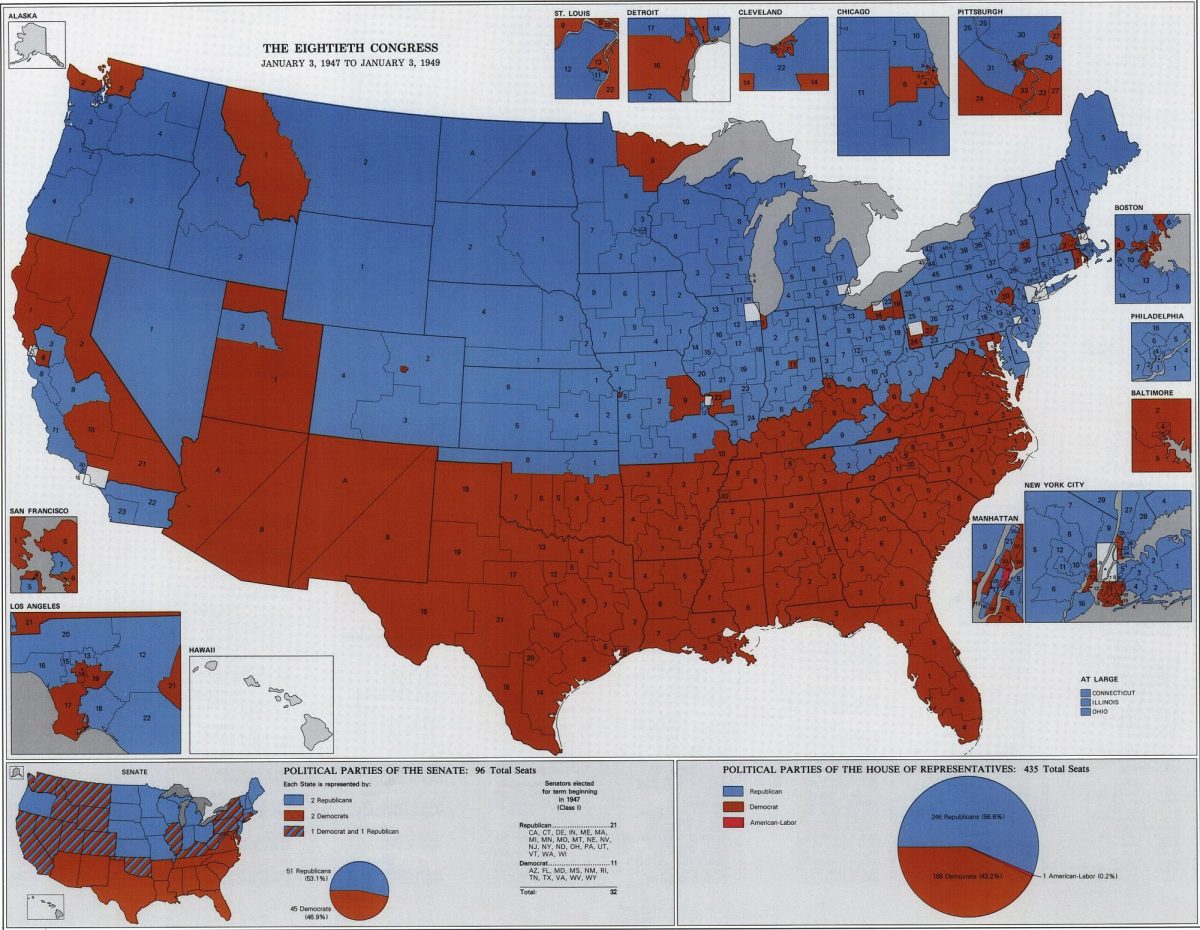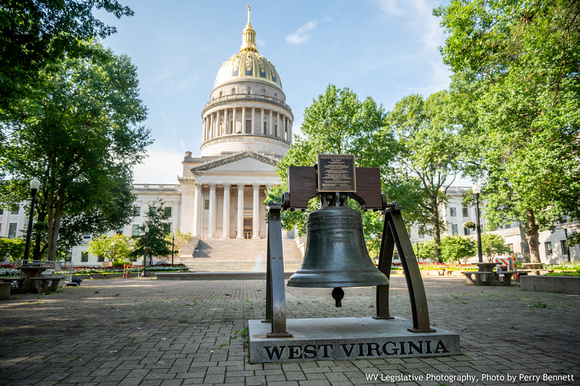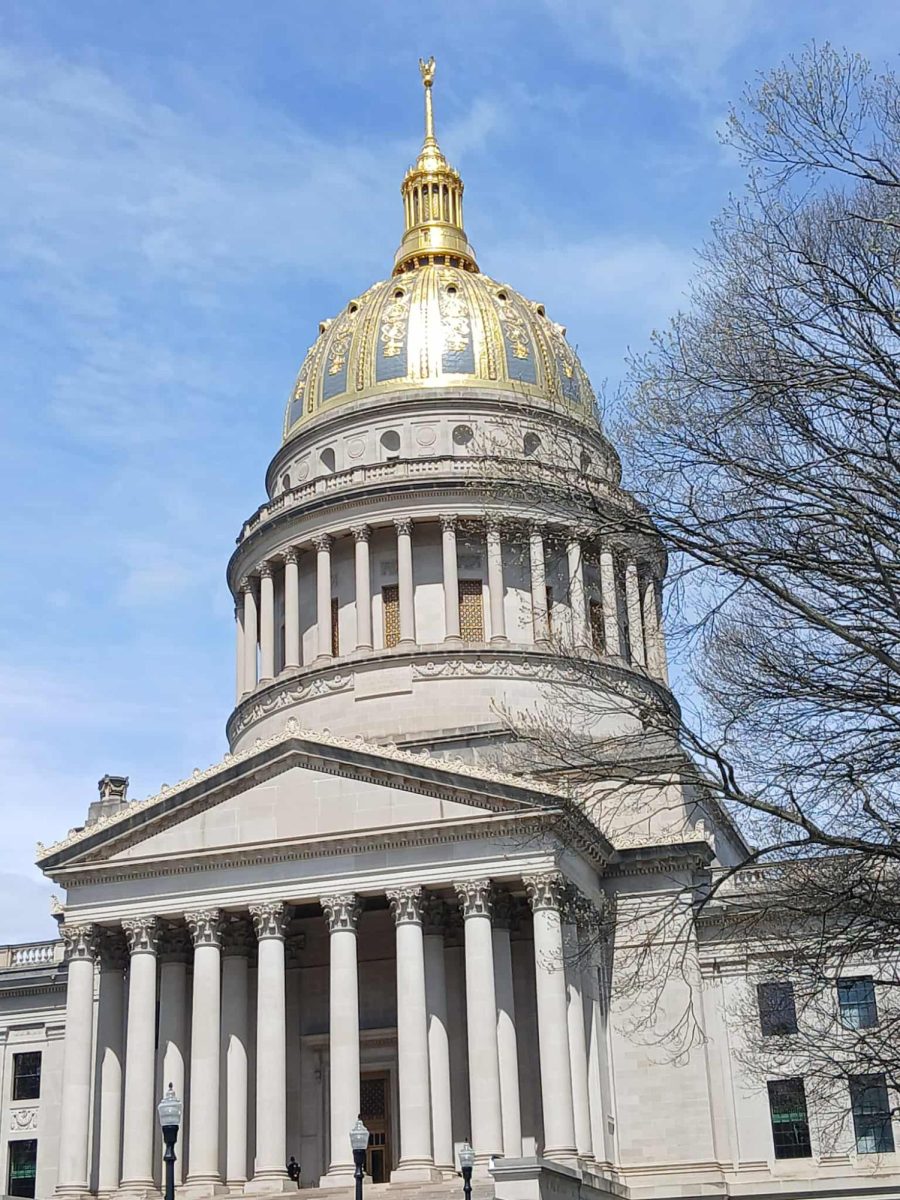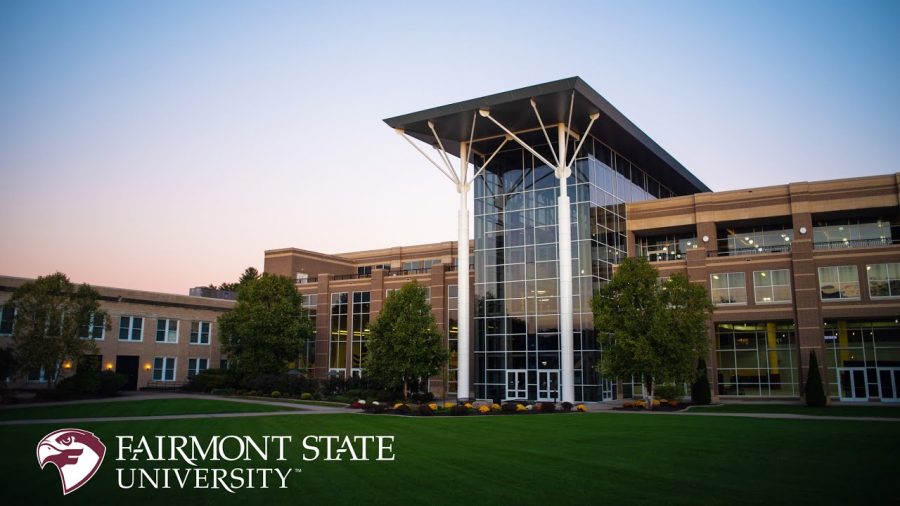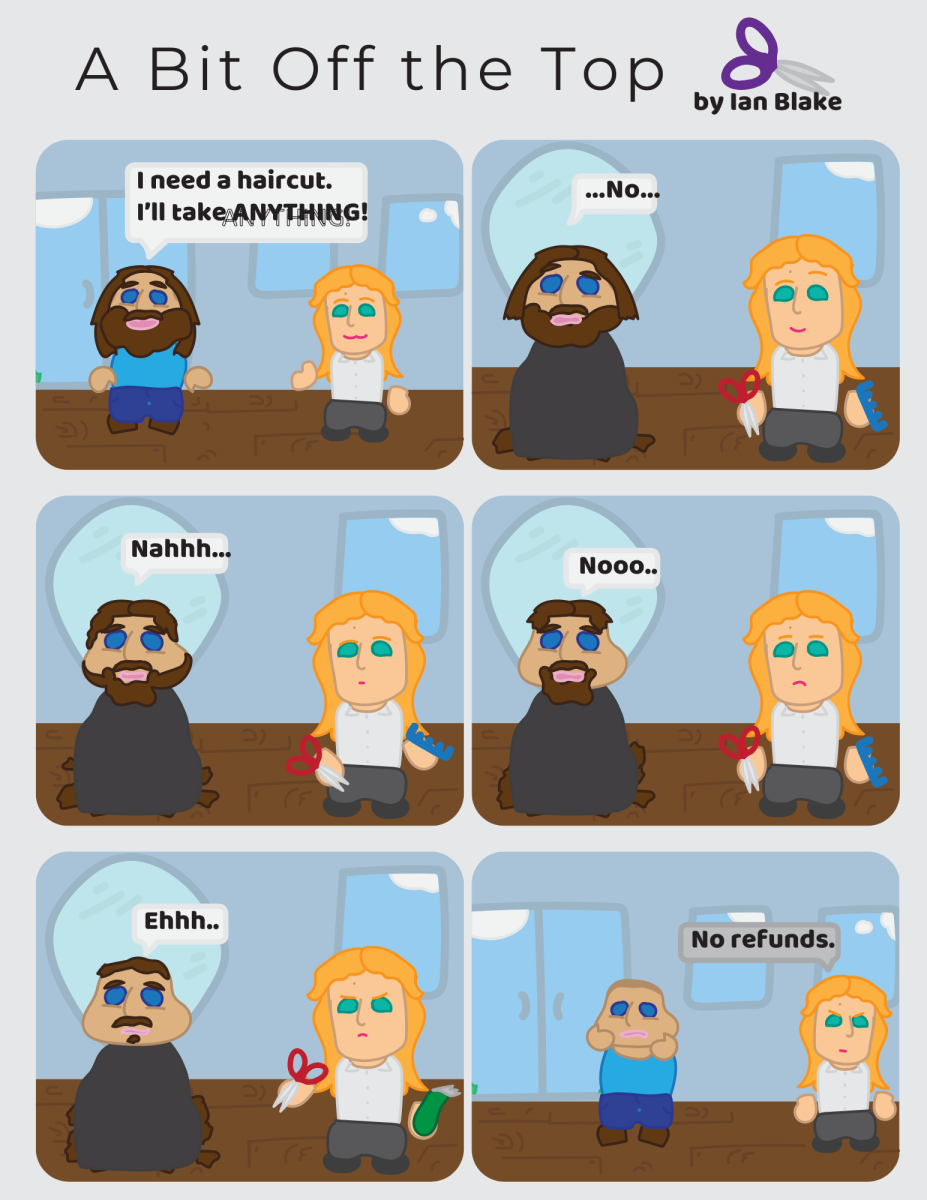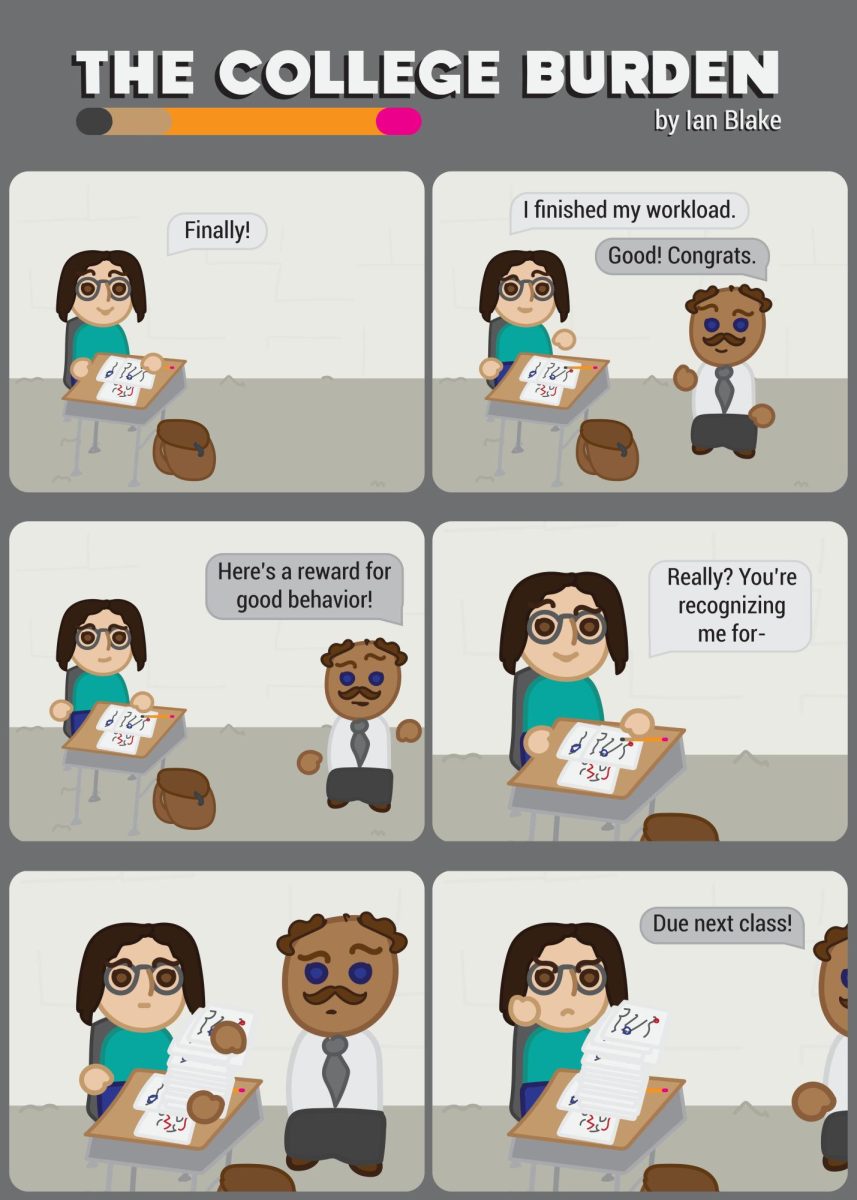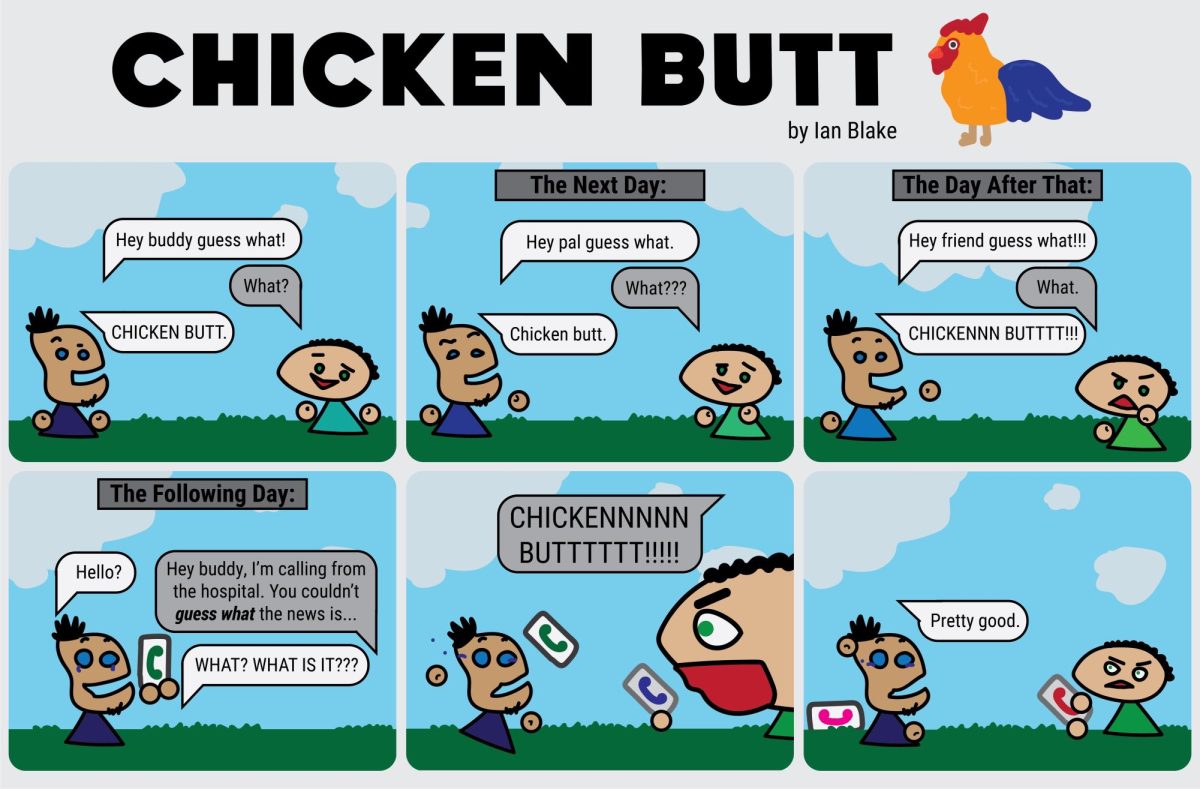Political geographer Dr. Kent Martis gave a lecture on Gerrymandering on September 17 at Fairmont State University. His presentation was part of Constitution Week, an event sponsored by the Civics Institute at Fairmont State University.
Martis is the author of several award-winning books, including a series of historical political atlases. He is also an emeritus professor at the Department of Geology at West Virginia University.
Columns reporter Nevaeh Ellixson sat down with Dr. Martis after his lecture to talk about Gerrymandering and its role in American Democracy.
This interview has been edited for length and clarity.
NE: How would you define Gerrymandering?
Dr. Martis: “It’s an undemocratic process that draws district lines to unfairly disenfranchise a political party, a racial group or ethnic groups such as the Hispanic population. So, it’s deliberately taking away the power of their vote. Therefore, if I’m a believer in America and democracy, it seems undemocratic.”
NE: How does redistricting affect West Virginia specifically?
Dr. Martis: “After each census, the state must redraw the congressional, state senate, and state house districts based on the new population geography. In our state, the legislature draws these lines. At present, the Republican party has a supermajority and can draw the districts in any way they desire.”
NE: How important is geography in the context of gerrymandering, and redrawing districts?
Dr. Martis: “Since we elect our representatives from geographically defined areas, geography is at the center of the democratic process. With the advent of Geographic Information Science (GIS) geographers have invented tools to automate and perfect this process. Like any technology, it can be used for good or evil. We have the tools now to draw city wards, county commissioner areas, congressional districts, state senate and state house districts in a fair and scientific way using best practices.”
NE: When did Gerrymandering become so polarized politically?
Dr. Martis: “Gerrymandering became very prolific on both sides, and parties kind of polarized about the same time. The republicans put a lot of money in 2008 and 2010 into state legislative elections, knowing that they wanted to control redistricting. Democrats were stupid, and they didn’t respond.
At the very same time GIS and redistricting became automated, it’s a perfect storm. You know you have parties, then you have the technology, then you have money pouring in, and all of a sudden it coalesces.
So I guess I would say it started in legislative elections in 2008 and 2010 and then the laws were passed in 2011 and elections that happened in 2012 started it, and then it became polarized.
NE: What, if anything, can young people/voters do to prevent partisan gerrymandering?
Dr. Martis: “My first thought is that students have a lifetime of citizenship ahead of them. Ask each candidate in your future about fair redistricting and their thoughts on Independent Redistricting Commissions (IRC). My hope is that the turmoil brought about in Texas and California (and other states now) over mid-decade redistricting will spur the Supreme Court to rethink their decision, the U.S. Congress to pass redistricting reform, and voters of all persuasions to do the right thing.
In virtually all instances where redistricting reform has been brought before the voters, they have spoken in favor of the idea that voters should select their legislators, and not the legislators selecting their voters.”
NE: Who does this personally affect?
Dr. Martis: “I think Gerrymandering is going to end someday. It may not be next year, it may be you, that is your generation, whether you’re right or left, that America comes first, and someday it’s going to be fixed. And it may be in 2028 it may be in 2058 when I’m dead, but you’ll be alive, and you’ll see it, and there’ll be another improvement in democracy.
I think it’s important for you to hear this because it’s a very hopeful message. I believe it’s bipartisan. I believe it’s an American issue, and so I do this [work] because I think some day it’ll change.



